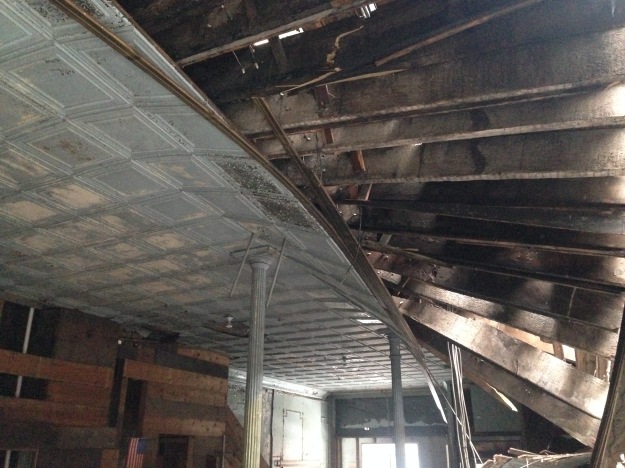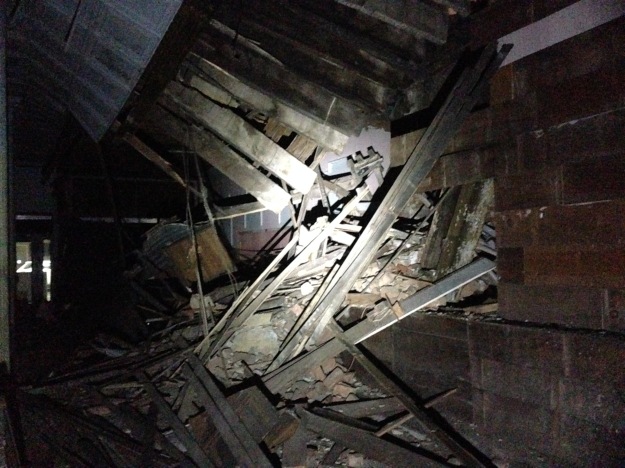By Guest Blogger Zachary Schunn
“Why is there no ____ in my neighborhood?”
As a commercial real estate advisor, I hear this question all the time – from friends, family, community members, and property owners. Unfortunately, it’s a question that typically sets up a negative answer. There is always a reason there is not a grocery store, laundromat, restaurant, etc. in a neighborhood, and sometimes that answer is as simple as, “No one has thought of it yet.”
More often, there are three main reasons a certain business has yet to open in a neighborhood – money, people, and time. And thankfully, all three items are fixable.
Of course, businesses cost money to start. For entrepreneurs wanting to open, say, a restaurant, it can often come as a surprise that 200 or 300 thousand dollars in cash is seen as a small amount to start with. I often talk to entrepreneurs who are surprised to learn just how much rent costs, that landlords typically expect tenants to build out their own space, that so much in working capital is expected by landlords and banks, that loan officers have such strict lending and business plan requirements, etc. Can a savvy entrepreneur start a retail shop on as little as $10,000 in donations and friends/family money? Sure – I’ve seen it done. But if a business is to get off the ground running and stay afloat, $100,000 is a more common minimum.
So, it takes someone with capital to come along and want to open a business in a neighborhood. But to survive, they need people to come. Most experienced retailers have checklists they use to evaluate locations—things like: number of residents within a three-mile radius, day-time population, age and income demographics, traffic volume, etc. Currently, this is what hinders a lot of urban neighborhoods from attracting certain retailers. If a business is accustomed to certain road/highway presence in suburban locations, convincing the owners to consider an urban area can be tough. While “walkable neighborhoods” are gaining popularity in development and planning circles, many retailers still take a car-oriented approach, since higher population figures are seen in a fifteen-minute drive-time radius than within fifteen- minute walking distance.
The last “hurdle” is both an obstacle and a solution, and that is time. Opening a business (whether a start-up, re-location, or chain) takes a lot of advance planning and work. It is not uncommon for a retailer to take years scouting an area before opening a location. Just take Kroger as an example—people often ask why downtown-Cincinnati-based Kroger does not have a downtown store. Well, few realize that they have been scouting sites for years, trying to find one that fits their size, population, traffic, parking, and other requirements. Now that they are rumored to have agreed to a location on Central Parkway, there are still a lot of zoning, code, and other requirements that need to be met before it can even become official; then, of course, a lengthy construction period before finally opening. And during that process, there are a number of issues that could arise threatening the deal.
While time can be a detriment, it can also solve a lot of hurdles with a neighborhood attracting a certain type of business. Even if the money and the people do not seem to be there at first, a neighborhood can work to build the demand, attract investors, and convince a business to open. Sometimes this requires dramatic changes in a neighborhood (for example, who would have expected a store like “Kit and Ace” in Over-the-Rhine five or ten years ago?), but sometimes it just requires a neighborhood marketing itself well enough to attract these new businesses. And whether it is a pizza place in Walnut Hills, a grocery store in Avondale, or new restaurants on the west side, they all can and will happen given the effort and time.
So what will I say the next time you ask me, “Why isn’t there a ___ in my neighborhood?”
I’ll just smile back and respond, “Well, there isn’t one… yet.”
About the author
Zachary Schunn is a resident of Mt. Auburn and a commercial real estate advisor for SVN. He has two degrees from the University of Cincinnati (Architecture, 2010 and MBA, 2011) and has served on a number of non-profit boards and committees within the city. Zachary spends his spare time playing tennis, hiking Cincinnati’s many urban trails, and restaurant- and bar-hopping in Over-the-Rhine with friends. He has lived in Cincinnati since 2006 and is still working to learn all its unique nooks and crannies.


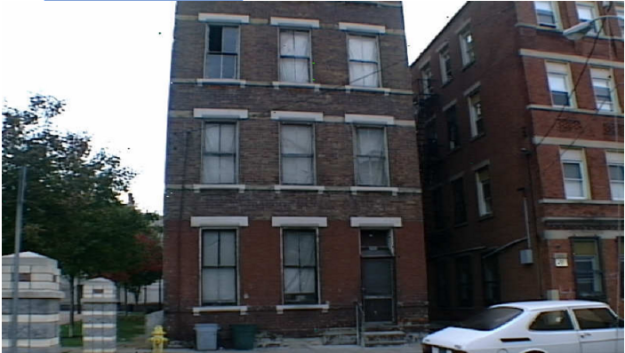

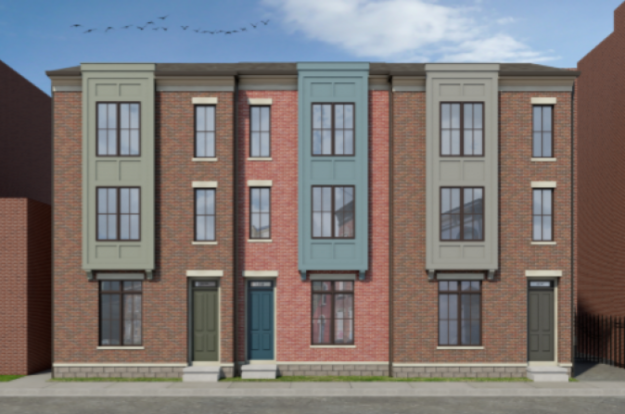
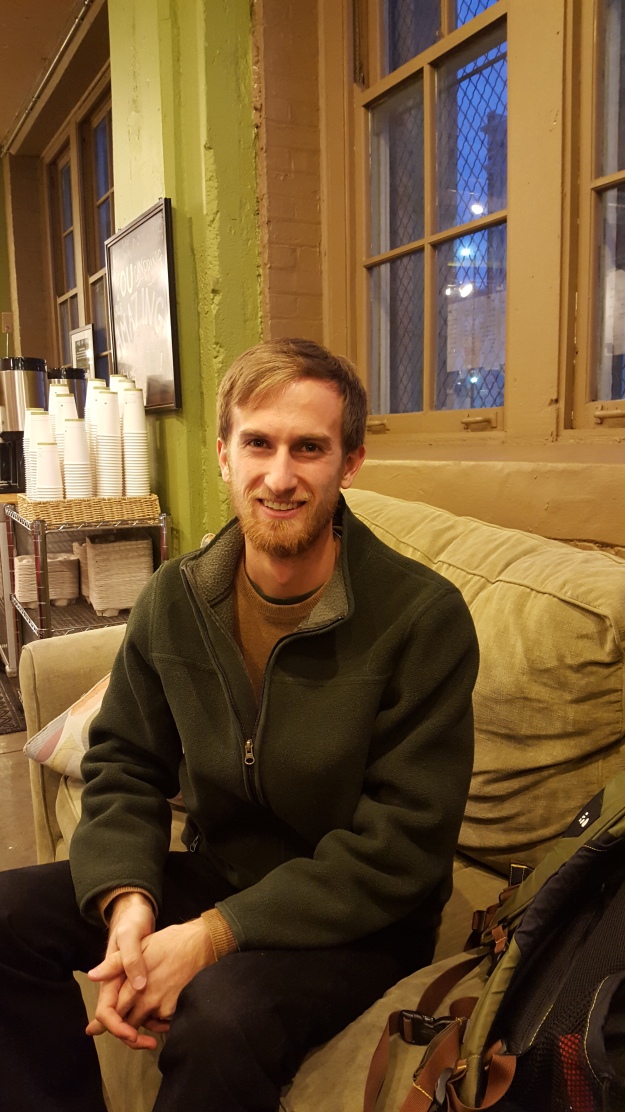

 Cincinnati Metro already does a lot on a shoestring budget; the organization is regularly lauded for the creative ways it stretches each dollar. It could do a lot more with even a modicum of increased funding. First, Metro should work to eliminate stops and increase the frequency of core routes. Transit is a constant
Cincinnati Metro already does a lot on a shoestring budget; the organization is regularly lauded for the creative ways it stretches each dollar. It could do a lot more with even a modicum of increased funding. First, Metro should work to eliminate stops and increase the frequency of core routes. Transit is a constant  contribution to the creation of more broadly affordable housing should be to eliminate minimum parking requirements near the city’s NBDs, particularly within the urban basin. Note that this move would not forbid the creation of off-street parking; it merely removes the government mandate that parking must be built. Thus, the market can take over and developers can decide for themselves how much parking is required for a project. Two underlying policies must change for this to happen. One: the City must stop viewing parking as a primary source of income. Instead, City Hall should focus on boosting income, sales, and property tax receipts through increased economic activity in our NBDs. Two: developers and their bankers must become more comfortable with quality access to transit substituting for proprietary parking. This will take time and clear signals from City Hall.
contribution to the creation of more broadly affordable housing should be to eliminate minimum parking requirements near the city’s NBDs, particularly within the urban basin. Note that this move would not forbid the creation of off-street parking; it merely removes the government mandate that parking must be built. Thus, the market can take over and developers can decide for themselves how much parking is required for a project. Two underlying policies must change for this to happen. One: the City must stop viewing parking as a primary source of income. Instead, City Hall should focus on boosting income, sales, and property tax receipts through increased economic activity in our NBDs. Two: developers and their bankers must become more comfortable with quality access to transit substituting for proprietary parking. This will take time and clear signals from City Hall.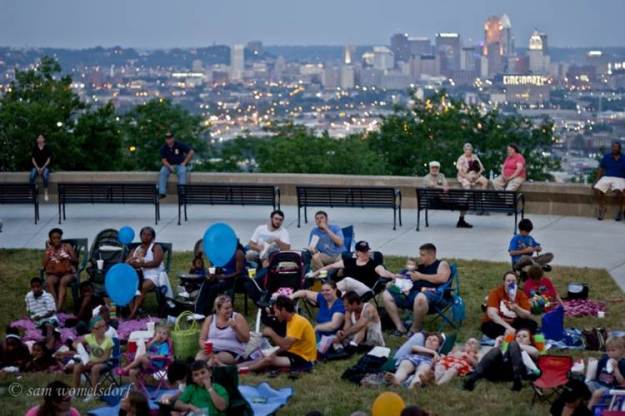
 The community began to see significant disinvestment, which resulted in increased poverty, higher crime rates, conversion of single-family to multi-family housing units, abandonment of housing stock, and out-migration of long-term, middle-class homeowners. Other results of the disinvestment were increased predatory mortgage lending, a departure of existing businesses, a conversion of commercial space to non-desirable specialty businesses catering to the low income populations, a decline in property value, and an in-migration of low-income rental residents.
The community began to see significant disinvestment, which resulted in increased poverty, higher crime rates, conversion of single-family to multi-family housing units, abandonment of housing stock, and out-migration of long-term, middle-class homeowners. Other results of the disinvestment were increased predatory mortgage lending, a departure of existing businesses, a conversion of commercial space to non-desirable specialty businesses catering to the low income populations, a decline in property value, and an in-migration of low-income rental residents.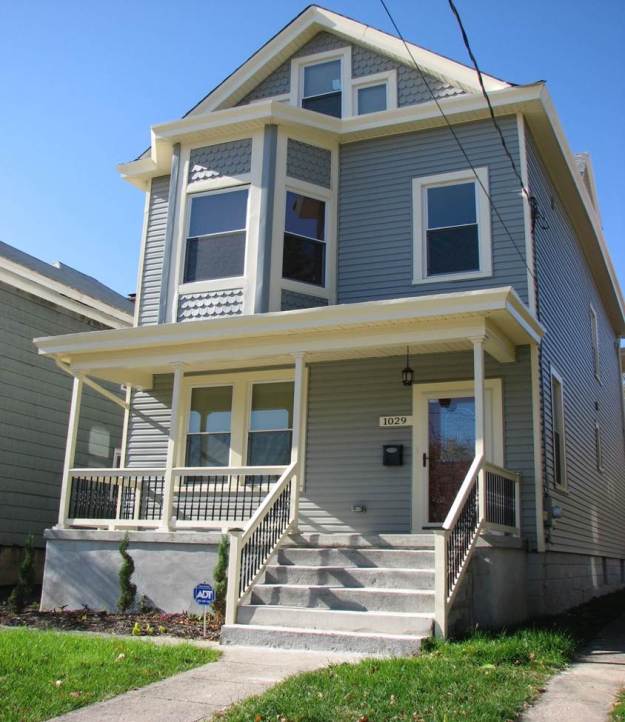
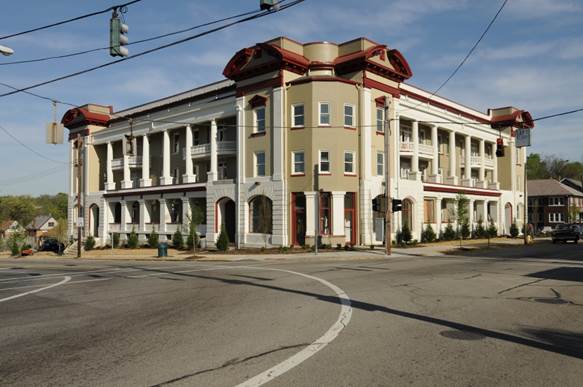
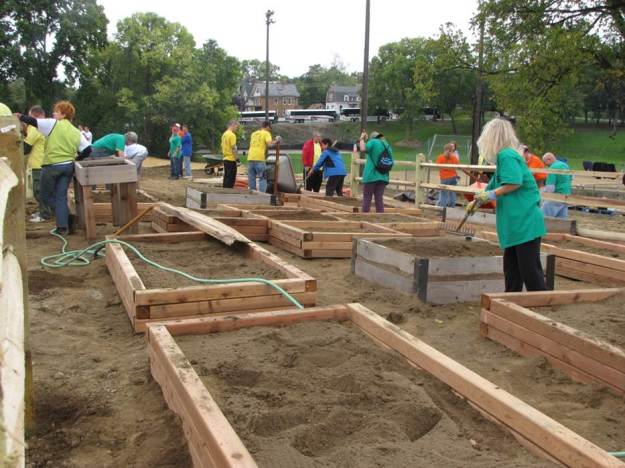

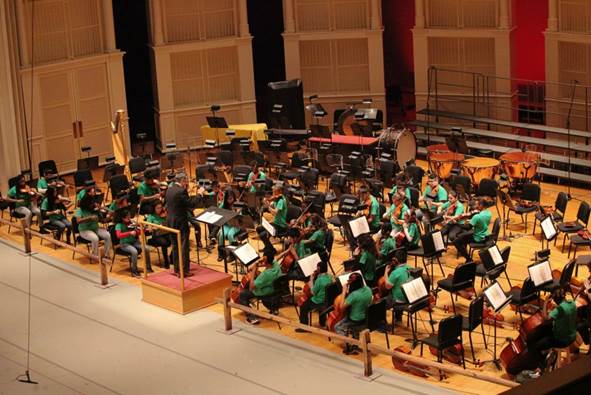
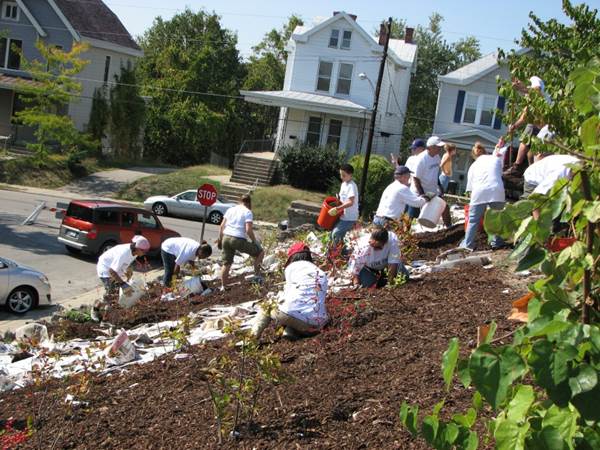

 Auditor’s photo from 2008 of the 2 historic structures torn down to make parking lots.
Auditor’s photo from 2008 of the 2 historic structures torn down to make parking lots.